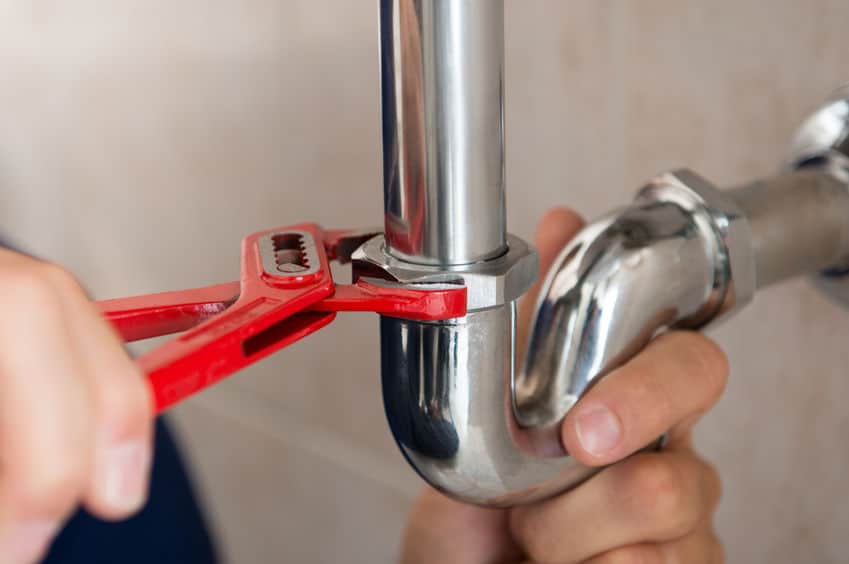
Among all the different parts that comprise your home, the plumbing that runs through your walls and through your home’s foundation is one of the most important aspects that makes a significant difference between living comfortably and going through torture-by-house. Could you imagine not being able to use the toilet when you really need it, or having your heating fail unexpectedly when you’re taking a shower in the winter? Well, we can’t imagine living without proper plumbing lines.
In order to ensure that your plumbing runs as well as it should and lasts for years to come, learning about the different types of pipes used can make a big difference. Should trouble strike with your home’s plumbing system, then having a bit of stock knowledge will allow you to make any necessary diagnostics or small repairs to keep things running properly. At times, a plumbing pipe’s uses can intersect and blend with other functions of another set of pipes. In most cases, however, there are different piping assignments for water supply, sewage, drainage, and exterior monitoring (for obvious reasons).
4 Piping Alternatives to Invest in
Professional and DIY plumbers typically use galvanized steel or cast-iron as their piping materials of choice due to their abundance, quality, versatility, and durability. Aside from galvanized steel and cast-iron, however, there are other types of plumbing pipes that are used in different homes for different functions. Let’s take a look.
1. PVC Pipes
Often used for vent and drain lines, PVC (technically known as polyvinyl chloride) is one of the most common types of household piping options found in the market. PVC pipes are best known for their light weight, ease of use, and simple installation processes that only require miter boxes, hacksaws, and solvents. The advantages that come with this type of pipe are that it’s flexible, inexpensive, and easy to use for long runs of piping. PVC pipes can also be easily distinguished from each other based on the diameter markings on the surface. However, on the other hand, PVC pipes cannot be unjoined, are prone to leaking, and are prone to shattering due to their fragile nature.
2. PEX Pipes
Also known as cross-linked polyethylene pipes, PEX pipes are typically used to supply water through housing systems due to their rigidity and ability to withstand higher water pressures from water supplies. Other than their pressure-handling capabilities, PEX pipes are also a common choice among professional plumbers due to the fact that they are flexible enough to weave through walls, crawlspaces, basements, and ceilings. When it comes to advantages, PEX pipes come in variations that can be used for cold and hot water, are cheap to purchase, easy to cut, and can easily be joined with copper pipes. However, PEX pipes can’t be recycled, tend to leak when used in push-fit plumbing fittings, and are yet to have any proven long-term benefits due to how new they are.
3. Rigid copper pipes
Used mainly for a home’s water supply lines, rigid copper pipes are a longstanding option that has been tried, tested, and trusted by plumbing experts. Compared to other piping options, however, rigid copper pipes are definitely out of a beginner’s reach due to the fact that they need a practiced hand to join together. The only way they can be joined is through welding. Rigid copper pipes are best known for their high heat and pressure thresholds and ease of recycling, but are expensive, tend to corrode, and are prone to pinhole leaks.
4. ABS Pipes
Although similar to PVC pipes, ABS pipes differ completely due to the fact that they’re a much stronger option, work well in colder temperatures, and are good for underground exterior use. However, while they’re recommended for vent and drain line use, ABS pipes aren’t on the list of building code-permitted piping options and are actually prone to deforming and warping at certain temperatures.


